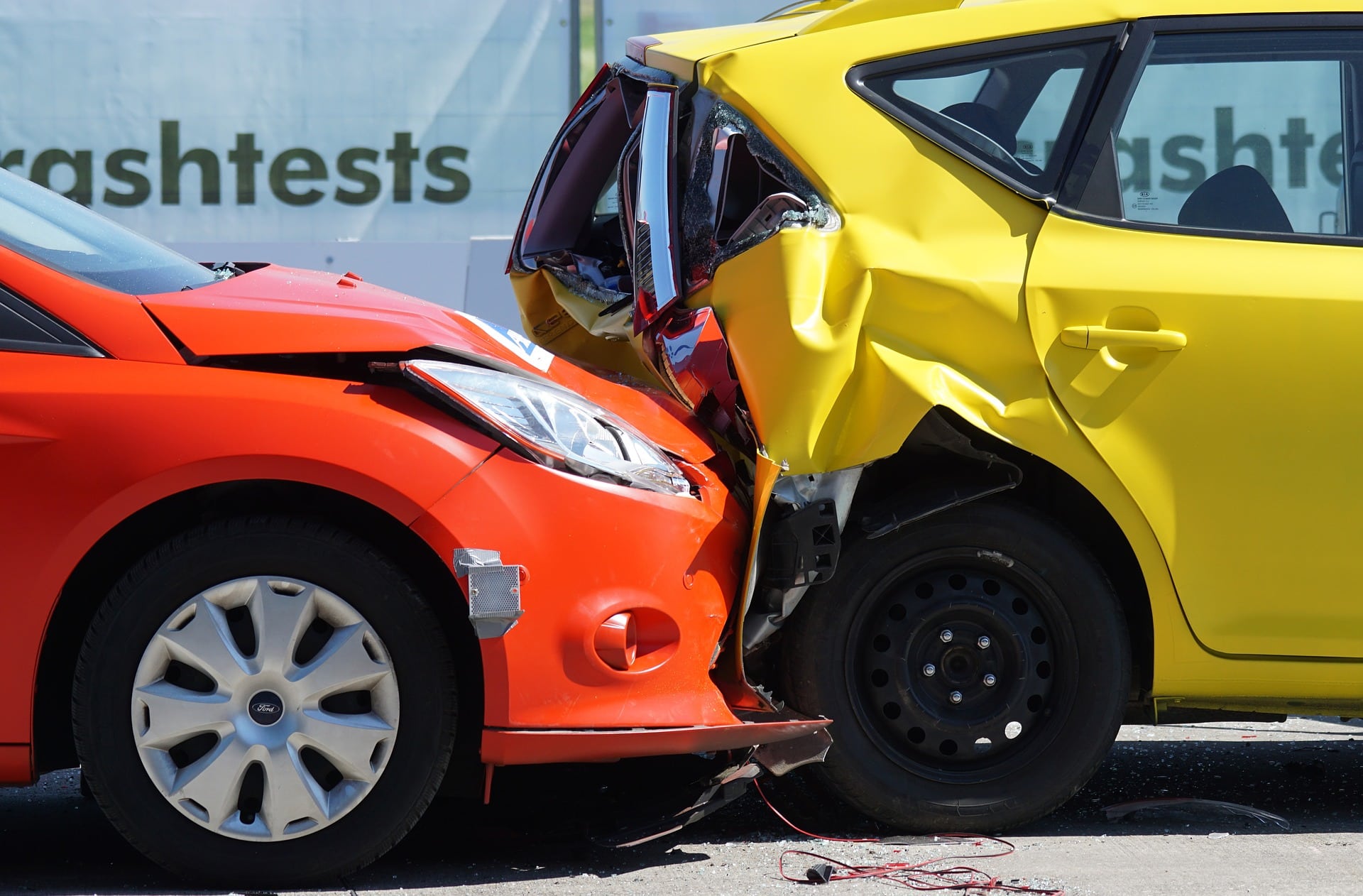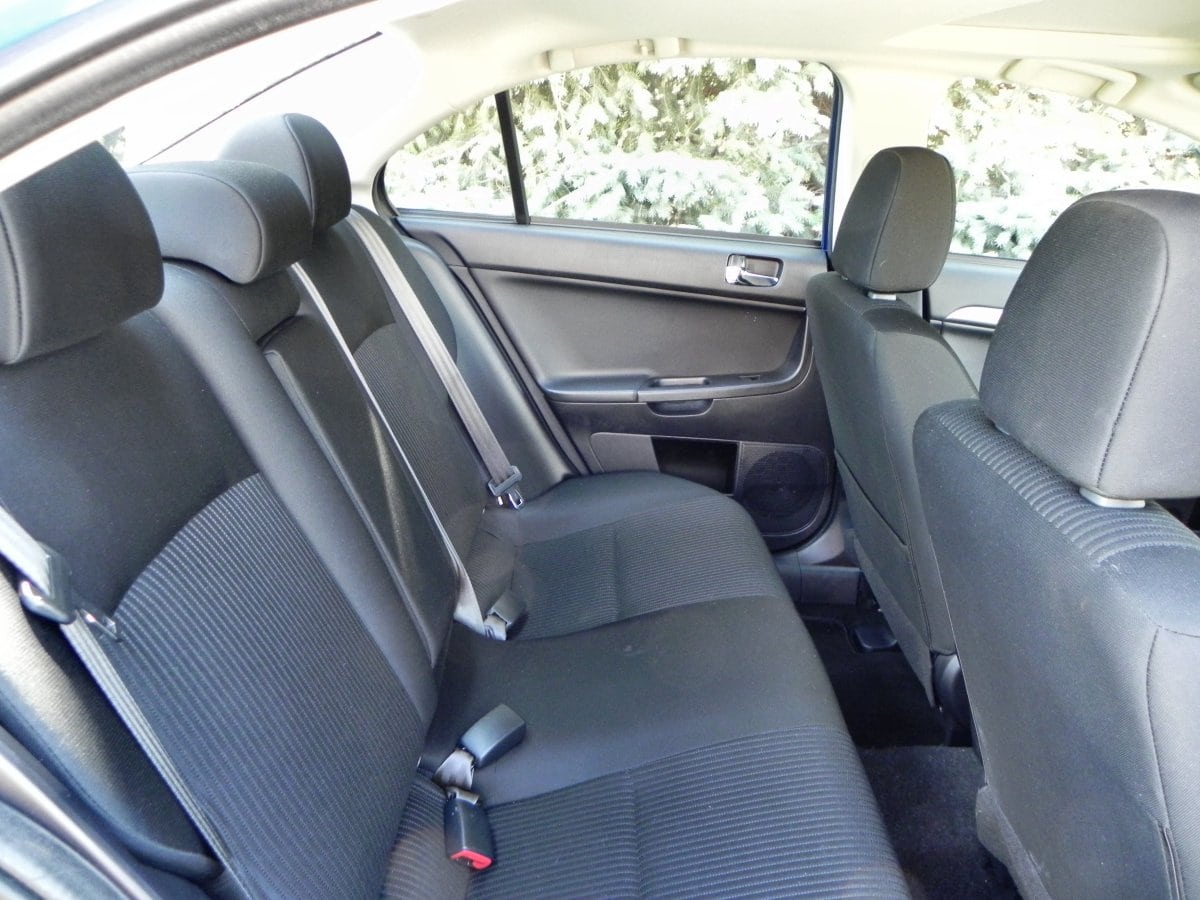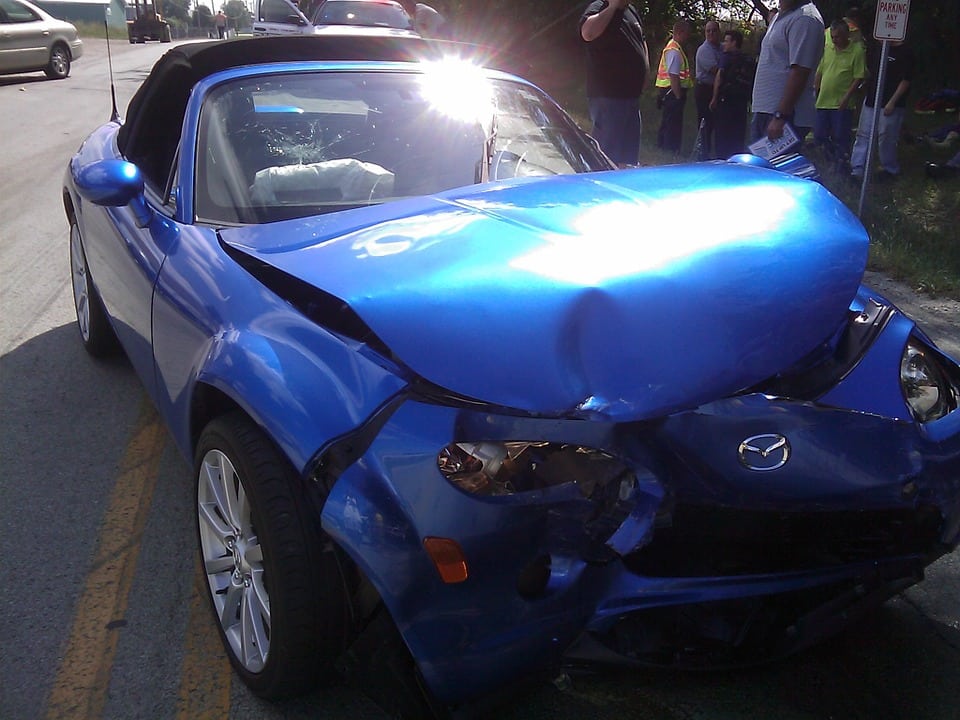No one likes car accidents, but getting rear-ended is a particular pain the neck — literally in many cases. Whether you’re driving to work, school or the grocery store, what should you do if you get rear-ended while you’re in your car?
Assess
First, assess your situation. Are there any obvious injuries on you or anyone else in your car? Is the car blocking traffic? Can it be moved to prevent you from blocking traffic further? Take a few minutes to assess your situation. Make sure you’re okay and that it’s safe to move.
Check on the people in the other car too. Yes, they rear-ended you and you might be angry, but it’s important to make sure everyone is okay no matter how you feel at the moment. It’s also essential to know how many people are involved in the accident so that you can let emergency services and first responders know.
Call
Once you’ve assessed the situation, your next step is to call 911 and let them know there has been an accident. Tell them how many cars are involved, if there are any obvious injuries and how many people are in each vehicle. This information will allow them to determine if they need to send just a police officer or first responders as well.
It’s also a good idea to put in a call to your insurance company to let them know you’ve been rear-ended and that information, including a police report, will be forthcoming.
Collect
Step three is to collect contact and insurance information from the other driver and gather contact information from any witnesses who have stayed to talk to the police. The responding officer will do the same, but having the details can be useful if your insurance company requests it.
Don’t let anyone involved in the accident leave without getting their information. Witness data is beneficial but optional — driver information is mandatory.
Document
Document the accident as best you can. Take pictures of the cars involved, the damage to both vehicles, license plates and any local landmarks to make it easier to place the accident during the insurance company’s investigation.
Again, the responding officers will likely do the same thing, but it’s always good to have pictures and documentation for your own records.
Go
Once you’ve dealt with the police and been given permission to go on your way, your next step should be to make an appointment with your doctor. Even if there are no obvious injuries on you or any of your passengers, it can take days or weeks for soft-tissue damage caused by car accidents to start causing symptoms.
Making an appointment is also important for your insurance company’s investigation. If you wait until symptoms start to show up, it can be harder to tie the injuries directly to the accident.
No one likes to think about getting into a car accident, but it’s crucial to be prepared in the event that it happens. If you’re rear-ended, just remember — assess, call, collect, document and go. You’ll be all set after that.








